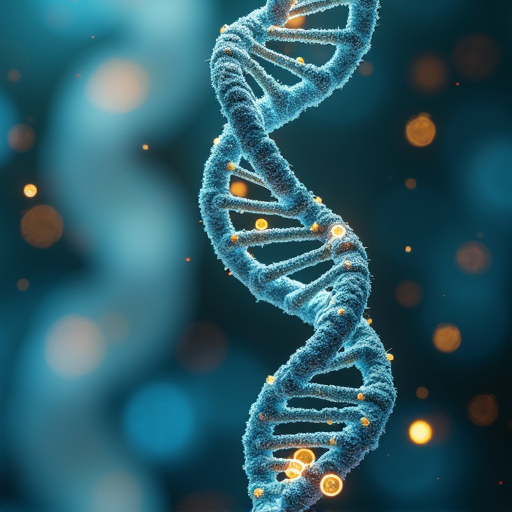
The Rise of DIY Biology
The do-it-yourself biology (DIY bio) movement is gaining momentum as enthusiasts set up home labs to explore genetics, fermentation, and synthetic biology. This grassroots movement, often referred to as biohacking, empowers individuals with limited formal training to conduct experiments and contribute to scientific innovation.
A Brief History
The concept of DIY biology dates back to 1988, but it gained traction in the mid-2000s within hacker and maker communities. Pioneers like Rob Carlson and organizations like DIYbio have played pivotal roles in democratizing biology. Today, there are over 50 community labs worldwide, such as Genspace and BioCurious, offering resources and training for aspiring biohackers.
Why DIY Biology?
DIY biologists are driven by a variety of motivations, including cost savings, education, and the pursuit of personal health improvements. The movement emphasizes open-source tools, such as 3D-printed lab equipment, making science accessible to all. Community labs provide shared spaces where members can experiment safely, often at minimal cost.
The Future of Biohacking
As technology advances, DIY biology is poised to revolutionize fields like medicine and agriculture. However, ethical and safety concerns remain, prompting calls for responsible innovation. Despite these challenges, the movement continues to grow, proving that scientific discovery isn't confined to traditional labs.
